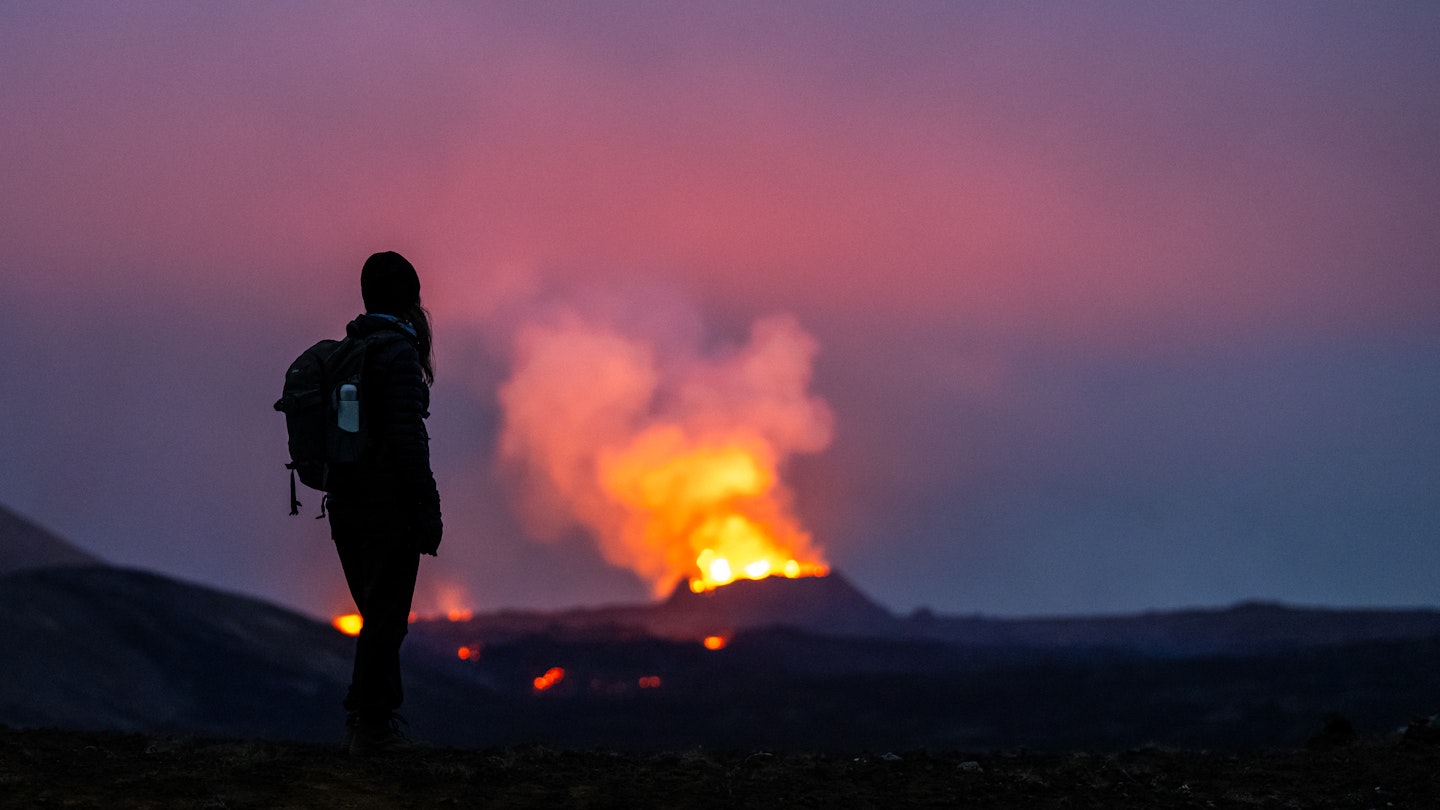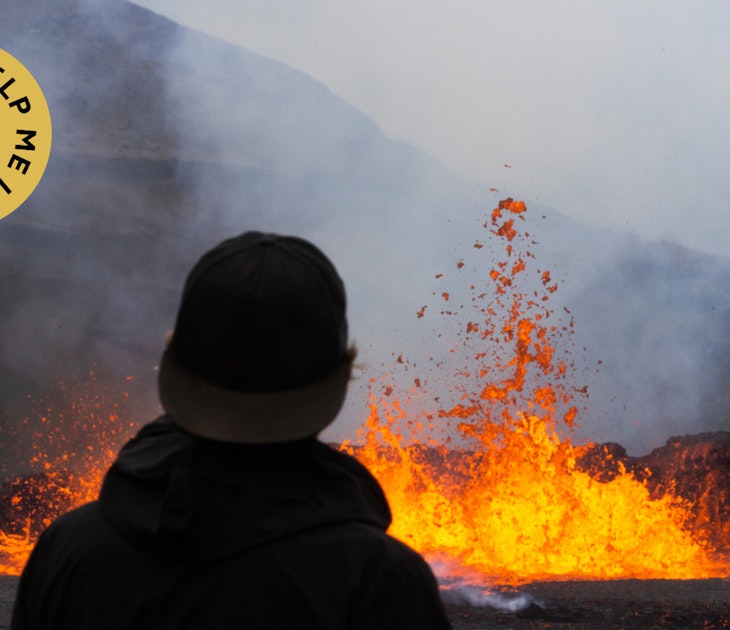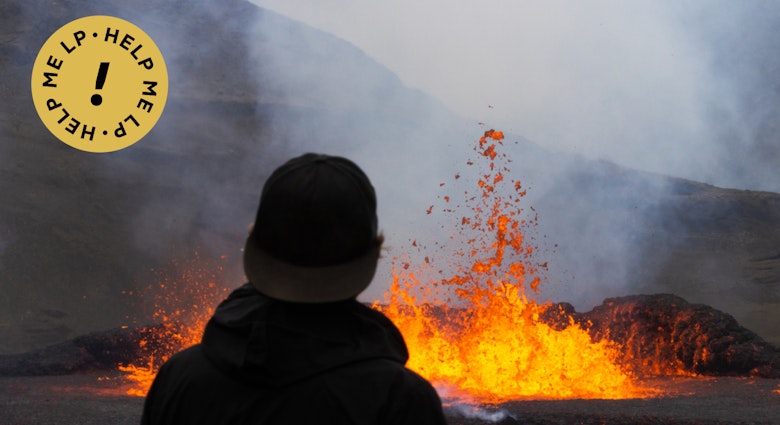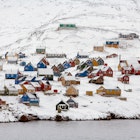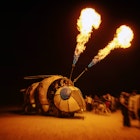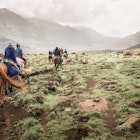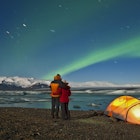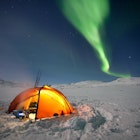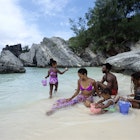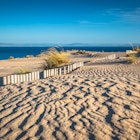Earthquakes are shaking Iceland’s southwest corner, forcing evacuations, rupturing roadways and putting locals on high alert for a volcanic eruption.
On Friday, Iceland declared a state of emergency due to seismic swarms north of Grindavík and the escalating risk of a volcanic event. Officials urged residents in the town of Grindavík to evacuate.
The decision came roughly one day after the Blue Lagoon geothermal spa – one of Iceland’s top tourist attractions – announced a week-long shutdown as thousands of small earthquakes rocked the Reykjanes Peninsula.
“There will be a volcanic eruption at some point,” says Þorvaldur Þórðarson, a vulcanology professor at the University of Iceland. “If it doesn’t happen now, I think it’ll happen in the near future.”
While it’s impossible to pinpoint the exact location of an eruption, the Icelandic Meteorological Office suspects magma could emerge in or near Grindavík. There’s also the possibility of a submarine eruption – an explosive event that could produce a dangerous ash cloud.
A 320-sq-mile land mass covered in mossy lava rocks, kaleidoscopic volcanic craters and tiny towns abutting the ocean, the Reykjanes Peninsula stretches 17 miles southwest of Reykjavík, Iceland’s capital and most populous city. Since the peninsula is home to Keflavík International Airport (KEF), it’s also where most visitors enter Iceland – making its value to Iceland’s tourism economy immense.
If you’re traveling in the country or visiting soon, here’s everything you need to know about the seismic situation – and how to plan a safe experience.

How common are earthquakes and volcanic eruptions in Iceland?
Sitting atop the Mid-Atlantic Ridge, where the North American and Eurasian tectonic plates diverge, Iceland is a hotbed for earthquakes and volcanoes. “It’s one of the most volcanically active areas on planet Earth,” says Þórðarson.
Regular seismic activity is a part of local life, with an average of 26,000 earthquakes annually. Most of these tremors are imperceptible to humans, and Icelandic architecture is built to withstand the Earth’s agitations. If you do feel an earthquake, it’ll usually be a minor tremble – hardly noticeable and easily forgettable.
Of the nation’s 130 volcanoes, scientists consider 33 volcanic systems active. Eruptions occur every five years, on average – unless you look at recent trends. In 2021, the Reykjanes Peninsula started spewing lava after lying dormant for 800 years. Eruptions have jolted the peninsula every year since, marking a new volcanic era for the region.
Unlike Iceland’s destructive eruptions at Eyjafjallajökull in 2010 and Katla in 1918, the Reykjanes Peninsula’s volcanic sites have been largely accessible and “tourist-friendly,” says Þórðarson. “It’s been easy for people to get up close to the activity and have a volcanic experience. It’s not so common on planet Earth.”
It’s unclear if the impending eruption will be safe for tourists to visit.
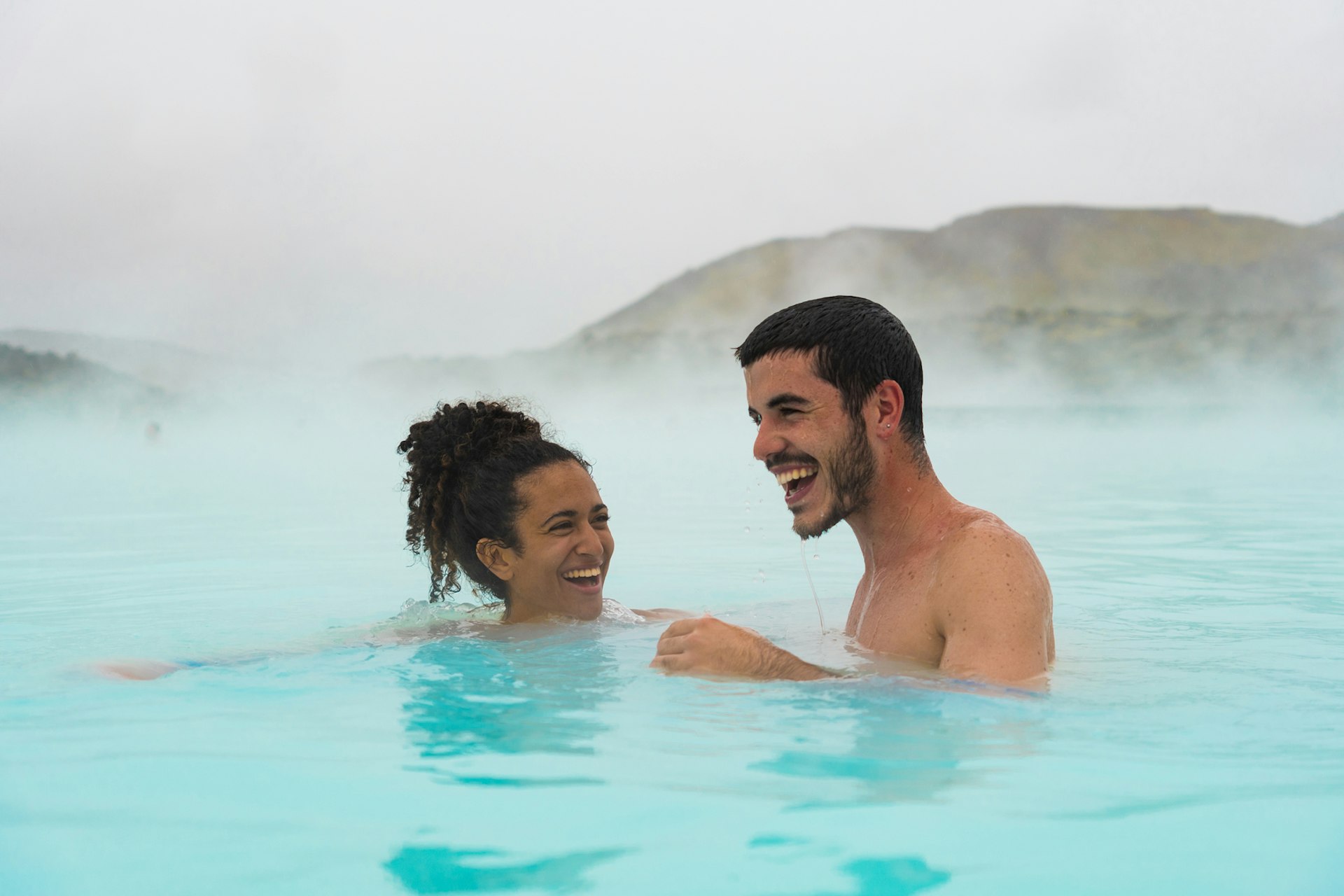
Is it safe to visit Iceland?
Yes – depending on where you’re traveling, that is. Increased seismic activity is currently localized in one part of the Reykjanes Peninsula, which affects the town of Grindavík, the Blue Lagoon and roads traveling to those areas.
Everywhere else in the nation is currently secure. KEF continues to operate normally, and the road linking Reykjavík and the airport remains unaffected. Recent events have not disrupted flights.
For international travelers concerned about global repercussions, there’s little reason to worry. “Even if a volcanic eruption becomes more intense than what we saw in 2021, it’s not going to be any intensity that will threaten international air traffic,” says Þórðarson, referencing Iceland’s Eyjafjallajökull eruption, which shut down air traffic across the Atlantic and in parts of Europe for a whopping seven days.
Will travel insurance reimburse me if I cancel or postpone my trip?
Possibly. Travel insurance often covers destructive forces like earthquakes and volcanic eruptions – but only if you purchase insurance before the disaster occurs, and the events directly impact your trip.
This might mean you’re forced to evacuate, accommodations become unlivable or you’re delayed from traveling for a significant amount of time, among other conditions.
For example, if you booked travel to Grindavík this week and bought travel insurance before the earthquakes, your provider will likely cover cancellation. But if you booked a trip to Reykjavík, which is largely unaffected by earthquakes, you’re probably out of luck.
These rules vary by company, so read the fine print before purchasing a plan. For clarification or advice, consider calling your insurer directly.

I was planning to visit the Blue Lagoon. What should I do instead?
According to the Blue Lagoon, guests with confirmed reservations through November 15 have already been contacted, and “full refunds will be issued for all affected bookings throughout the closing period.” The on-site pool, spa, hotels and restaurants will remain closed until November 16. The company will reassess the situation as it evolves.
If you’re looking for a geothermal spa experience similar to Blue Lagoon, Lonely Planet journalist Eygló Svala Arnarsdóttir recommends trying Sky Lagoon, Hvammsvík Hot Springs or Krauma – all within driving distance of Reykjavík. For a sensible soak with seaside views, you can also dip in the Guðlaug Baths – a two-story hot tub in Akranes, 45 minutes north of Reykjavík by car.
Or you could do as the locals do. “I always go to the public swimming pools, which are much less expensive,” says Arnarsdóttir. The term “swimming pool” might be misleading for foreigners: at public pools like Reykjavík’s Laugardalslaug, you’ll also find hot tubs, steam baths and a host of other amenities similar to the Blue Lagoon’s offerings.
What precautions should travelers in Iceland currently take?
For reliable, up-to-date information on traveling safely throughout Iceland – including ongoing coverage of current seismic activity and road closures – visit safetravel.is.
If you’re traveling in or near the Reykjanes Peninsula, ensure your cell phone is fully charged and operational, since authorities send safety alerts to mobile phones in impacted areas. There’s no need to download an app to receive these messages.
Should a volcanic eruption occur and authorities deem it safe to visit, Þórðarson implores travelers to take necessary precautions. Toxic gasses and burning lava can be deadly, so follow local instructions and prepare accordingly. (There are also plenty of safe ways to explore Iceland’s volcanic wonders, like descending into the dormant Þríhnúkagígur volcano or seeing molten lava in action at Reykjavík’s Lava Show.)
Þórðarson also recommends staying in an area far from Grindavík – if only to get a good night’s sleep. “Some people get used to [earthquakes],” he says, “but most people don’t.”
And if you want to avoid volcanoes altogether, head to the Westfjords – the only part of Iceland without an active volcano system.

